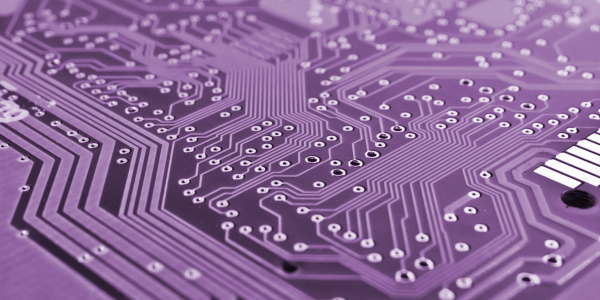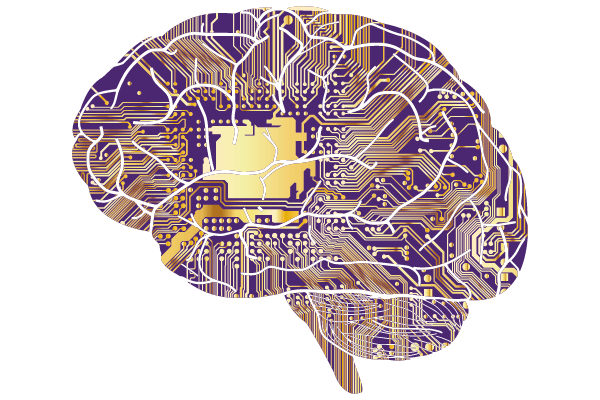Artificial Intelligence: The Advantages and Disadvantages
By Team Arrk |
|
5 mins read |

There are plenty of wild statements being thrown around about artificial intelligence – from a threat to our jobs to a threat to the human race as we know it. So is this all hyperbole or are the fears actually based on some facts? We investigate.
So what is artificial intelligence?
The concept of artificial intelligence is that computer systems can be used to perform tasks that would normally require a human. These can range from speech recognition and translation into different languages, all the way through to visual perception and even decision making.
Broadly speaking, anything can be considered artificial intelligence if it involves a program doing something that we would normally think would rely on the intelligence of a human. Quite how this is achieved is not the point – just the fact that it can be done, is a sign of artificial intelligence.
The different levels of artificial intelligence
Within the realm of artificial intelligence, there are different classifications. They include:
Strong Vs Weak
Strong artificial intelligence refers to the work that looks to genuinely imitate a human – and that could potentially even explain the way humans think. Few examples of this exist, currently. Then there is weak artificial intelligence, which simply aims to build systems that are able to behave in the same manner as humans but do not have the aim of thinking as humans think.
Narrow Vs General
Another classification of artificial intelligence are
those that are meant to meet certain tasks, known as
narrow artificial intelligence; and those designed to
reason, known as general artificial intelligence.
So what are the pros and cons of artificial
intelligence?
There are several advantages and disadvantages associated with the concept:
The advantages
Dealing with mundane tasks
One massive advantage of artificial intelligence is its potential to complete mundane tasks through intricate automation that will increase productivity. Theoretically this can even remove “boring” tasks from humans and free them up to be increasingly creative.
Faster decisions
Using artificial intelligence alongside cognitive technologies can help make faster decisions and carry out actions quicker.
Avoiding errors
The phrase “human error” was born because humans, naturally, make mistakes from time to time. Computers however, do not make these mistakes – that is, of course, assuming they are programmed properly. With artificial intelligence, data could be processed error-free, no matter how big the dataset might be
Taking risks on behalf of humans
With artificial intelligence, you can arguably lessen the risks you expose humans to in the name of research. Take, for example, space exploration and the Mars rover, known as Curiosity. It can travel across the landscape of Mars, exploring it and determining the best paths to take, while learning to think for itself. Using artificial intelligence in this manner could potentially lead to massive benefits in areas such as demand forecasting, medical diagnosis and oil exploration.
The disadvantages
Job losses
There is little doubt that artificial intelligence will displace many low-skilled jobs. Arguably, robots have already taken many jobs on the assembly line – but now this could extend to new levels. Take, for example, the concept of driverless cars, which could displace the need to have millions of human drivers, from taxi drivers to chauffeurs, very quickly. Of course some would argue that artificial intelligence will create more wealth than it destroys – but there is genuine risk that this will not be distributed evenly, particularly during its early expansion.
Distribution of power
Artificial intelligence carries the risk, in the minds of some, of taking control away from humans – de-humanising actions in many ways. Nations that are in possession of artificial intelligence could theoretically kill humans without needing to pull a trigger.
Lack of judgement calls
Humans can take unique circumstances and judgement calls into account when they make their decisions, something that artificial intelligence may never be able to do. One example occurred in Sydney, Australia, in 2014 when a shooting drama in the downtown area prompted people to make numerous calls to Uber in an effort to escape the area. The result was that Uber’s ride rates surged based on its supply and demand algorithm – there was no consideration involved for the circumstances in which the riders found themselves.
So is artificial intelligence really a threat?
If you think that artificial intelligence is just a futuristic, Jetsons-style image that is unlikely to ever affect humans on a mass scale then look no further than the employees of Fukoko Mutual Life Insurance in Japan. In January 2017, 34 of its employees were dismissed from their jobs because the insurer had installed a new artificial intelligence system that could read medical certificates, gather data on hospital stays and surgeries, and, in the process, save the company an estimated 140 million Yen per year in salary costs.
Indeed a World Economic Forum study in 2016 predicted that around 5.1 million jobs will be lost to artificial intelligence over the next five years alone, across 15 countries. Yet, to counter-balance this argument, looking at the same industry – insurance – there are advantages to be gained too. In February 2017, Tractable launched a system it claims could “radically transform” motor claims by simplifying the tedious manual process and helping to fight insurance fraud by flagging suspicious claims – potentially removing stress and expense from the process, leading to cost savings for companies and policyholders alike.
Clearly, artificial intelligence has massive potential advantages. The key for humans, however, will be to use their own judgement to apply it productively and ensure the “rise of the robots” doesn’t get out of hand.
Curated Content:
AI ‘can replace 250,000 public sector workers’
Find out how far along the digital transformation journey your organisation is, with our Digital Maturity Assessment.










